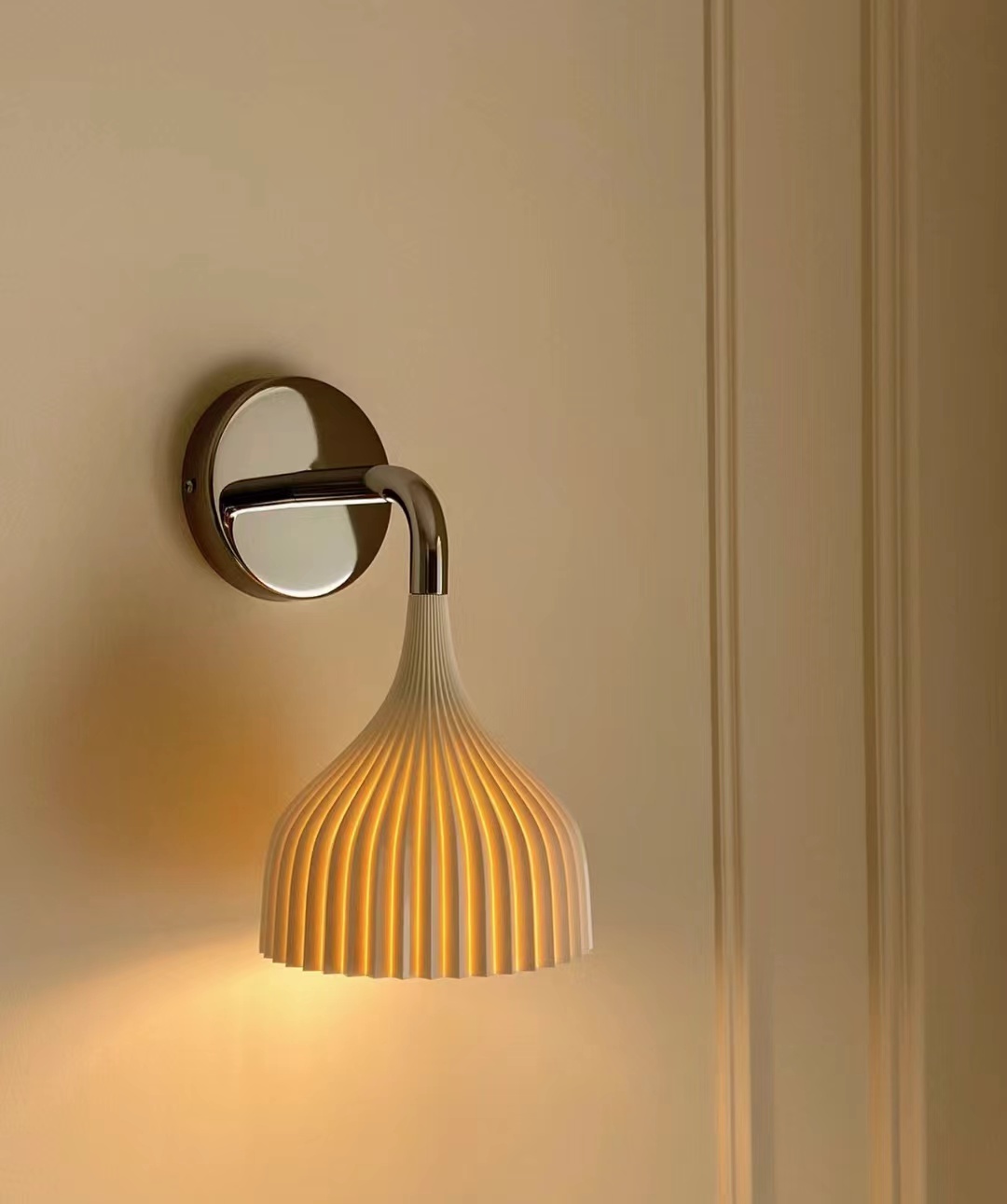Proper lighting Vertigolamp is essential in any kitchen. It not only enhances the functionality and safety of the space but also adds to the overall aesthetics and ambiance. There are different types of kitchen lighting that serve different purposes, such as ambient lighting, task lighting, and accent lighting. Each type has its own benefits and can be used in combination to create a well-lit and visually appealing kitchen.
Benefits of Upgrading Your Kitchen Lighting
Upgrading your kitchen lighting can have numerous benefits. Firstly, it improves functionality and safety. Adequate task lighting ensures that you can see clearly while preparing food, cooking, and cleaning. It reduces the risk of accidents and makes it easier to perform tasks efficiently.
Secondly, upgrading your kitchen lighting enhances the aesthetics and ambiance of the space. Well-placed fixtures can highlight architectural features, artwork, or decorative elements in your kitchen. It can also create a warm and inviting atmosphere that makes the kitchen a more enjoyable place to spend time in.
Lastly, upgrading your kitchen lighting can lead to increased energy efficiency and cost savings. By using energy-efficient fixtures and bulbs, you can reduce your energy consumption and lower your electricity bills. LED bulbs, for example, use significantly less energy than traditional incandescent bulbs and have a longer lifespan.
Understanding Different Types of Kitchen Lighting
There are three main types of kitchen lighting: ambient lighting, task lighting, and accent lighting.
Ambient lighting provides overall illumination to the entire space. It is usually achieved through ceiling-mounted fixtures such as recessed lights or flush-mount fixtures. Ambient lighting should be bright enough to ensure visibility in the kitchen but not too harsh or glaring.
Task lighting is focused on specific areas where tasks are performed, such as countertops, stovetops, or sinks. It should provide bright and shadow-free illumination to make tasks easier and safer. Under-cabinet lights, pendant lights, or track lighting are commonly used for task lighting in the kitchen.
Accent lighting is used to highlight specific features or objects in the kitchen, such as artwork, architectural details, or decorative elements. It adds depth and visual interest to the space. Accent lighting can be achieved through spotlights, track lighting, or wall sconces.
Choosing the Right Kitchen Lighting Fixtures
When selecting fixtures for your kitchen lighting, there are several factors to consider. Firstly, consider the size and layout of your kitchen. A larger kitchen may require more fixtures to ensure adequate illumination. The height of your ceiling is also important, as it will determine the type of fixtures that can be installed.
Secondly, consider the style and design of your kitchen. Choose fixtures that complement the overall aesthetic and blend well with other elements in the space. For example, if you have a modern kitchen, sleek and minimalist fixtures may be more suitable.
Lastly, consider the type of lighting you need for each area of your kitchen. For ambient lighting, recessed lights or flush-mount fixtures are popular choices. For task lighting, under-cabinet lights or pendant lights are commonly used. For accent lighting, spotlights or track lighting can be effective.
Tips for Proper Placement of Kitchen Lighting
Proper placement of kitchen lighting is crucial to ensure optimal functionality and aesthetics. When it comes to ambient lighting, it is important to evenly distribute the fixtures throughout the space to avoid any dark spots. Recessed lights should be placed about 4-6 feet apart and centered over work areas.
For task lighting, it is important to place fixtures directly above the area where tasks are performed. For example, under-cabinet lights should be installed underneath the upper cabinets to provide direct illumination on countertops. Pendant lights should be hung at a height that allows for clear visibility without obstructing any work surfaces.
When incorporating accent lighting, consider the focal points or features you want to highlight. Place spotlights or track lighting strategically to draw attention to these areas. Wall sconces can be used to create a soft and indirect glow on artwork or decorative elements.
It is also important to avoid common mistakes when placing kitchen lighting. Avoid placing fixtures too close together, as this can create harsh and uneven lighting. Similarly, avoid placing fixtures too far apart, as this can result in dark spots. Take into account the natural light sources in your kitchen and adjust the placement of fixtures accordingly.
How to Incorporate Task Lighting in Your Kitchen

Task lighting is essential in the kitchen, as it provides focused illumination for specific tasks such as food preparation, cooking, and cleaning. There are several ways to incorporate task lighting in your kitchen.
One popular option is under-cabinet lighting. These lights are installed underneath the upper cabinets and provide direct illumination on countertops. LED strip lights or puck lights are commonly used for under-cabinet lighting. They are easy to install and can be controlled with a switch or dimmer.
Another option for task lighting is pendant lights. These lights are hung from the ceiling and can be placed directly above islands or peninsulas where food preparation or cooking takes place. Pendant lights come in a variety of styles and designs, allowing you to choose fixtures that match your kitchen’s aesthetic.
Recessed lights are also commonly used for task lighting in the kitchen. They are installed into the ceiling and provide general illumination as well as focused light on specific areas. Adjustable recessed lights allow you to direct the light where it is needed most.
Enhancing Your Kitchen with Ambient Lighting
Ambient lighting sets the overall mood and atmosphere in your kitchen. It provides general illumination to the entire space and should be bright enough to ensure visibility but not too harsh or glaring.
One popular option for ambient lighting is recessed lights. These lights are installed into the ceiling and provide a clean and minimalist look. They can be evenly distributed throughout the kitchen to ensure even illumination. Dimmer switches can be installed to adjust the brightness of the recessed lights.
Flush-mount fixtures are another option for ambient lighting. These fixtures are mounted directly onto the ceiling and provide a more decorative look. They come in a variety of styles and designs, allowing you to choose fixtures that match your kitchen’s aesthetic.
Track lighting is also commonly used for ambient lighting in the kitchen. It consists of a track that holds multiple light fixtures, which can be adjusted to direct the light where it is needed most. Track lighting is versatile and can be used to create different lighting effects in the kitchen.
Adding Accent Lighting to Your Kitchen
Accent lighting adds depth and visual interest to your kitchen by highlighting specific features or objects. It can be used to draw attention to artwork, architectural details, or decorative elements.
One popular option for accent lighting is spotlights. These lights are focused and directional, allowing you to highlight specific areas or objects in your kitchen. Spotlights can be installed on the ceiling or on the wall, depending on the desired effect.
Track lighting is also commonly used for accent lighting in the kitchen. It allows you to adjust the position of the lights to highlight different areas or objects. Track lighting can be installed on the ceiling or on a wall, depending on the layout of your kitchen.
Wall sconces are another option for accent lighting. They provide a soft and indirect glow that adds warmth and ambiance to your kitchen. Wall sconces can be installed above artwork, on either side of a mirror, or as decorative elements themselves.
Energy-Efficient Lighting Options for Your Kitchen
Energy-efficient lighting options are not only environmentally friendly but also cost-effective in the long run. There are several energy-efficient technologies and fixtures available for each type of kitchen lighting.
For ambient lighting, LED recessed lights are a popular choice. LED bulbs use significantly less energy than traditional incandescent bulbs and have a longer lifespan. They also produce less heat, which can help reduce the load on your air conditioning system.
For task lighting, LED under-cabinet lights are a great option. They provide bright and focused illumination while consuming minimal energy. LED strip lights or puck lights are commonly used for under-cabinet lighting and can be controlled with a switch or dimmer.
For accent lighting, LED spotlights or track lighting are energy-efficient options. LED bulbs are available in a variety of colors and intensities, allowing you to create different lighting effects in your kitchen. LED wall sconces are also available and can provide a soft and indirect glow.
DIY Kitchen Lighting Upgrades: Ideas and Inspiration
If you’re feeling creative, there are plenty of DIY lighting projects that you can undertake to upgrade your kitchen lighting. One idea is to create your own pendant lights using mason jars or other decorative containers. Simply attach a light socket and bulb to the lid of the jar, and hang it from the ceiling using a chain or rope.
Another DIY project is to customize your existing fixtures. You can paint the shades of your pendant lights or chandeliers to match your kitchen’s color scheme. You can also add decorative elements such as beads or crystals to give your fixtures a unique and personalized look.
If you have recessed lights in your kitchen, you can create custom trim rings to add a decorative touch. Simply cut out a design from a piece of plywood or foam board, paint it to match your kitchen’s aesthetic, and attach it to the recessed light using adhesive or screws.
Proper kitchen lighting is essential for functionality, safety, aesthetics, and energy efficiency. By understanding the different types of kitchen lighting and choosing the right fixtures, you can create a well-lit and visually appealing space. Proper placement of fixtures is crucial to ensure optimal functionality and aesthetics. By incorporating task lighting, ambient lighting, and accent lighting, you can enhance the functionality, aesthetics, and energy efficiency of your kitchen. So don’t be afraid to explore different lighting options and upgrade your kitchen for improved functionality, aesthetics, and energy efficiency.



